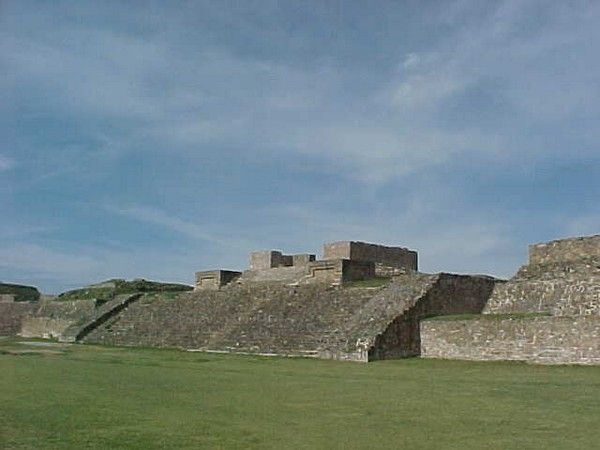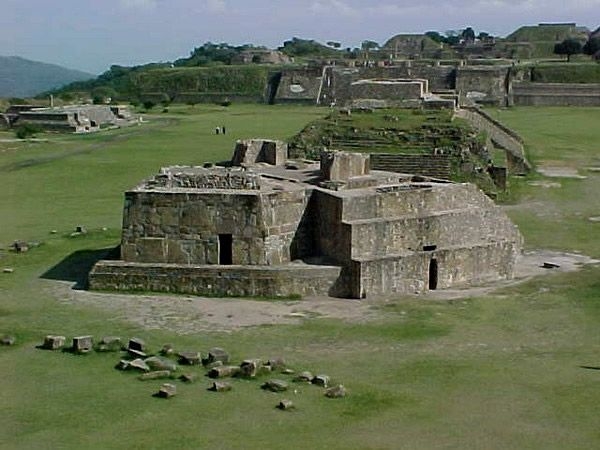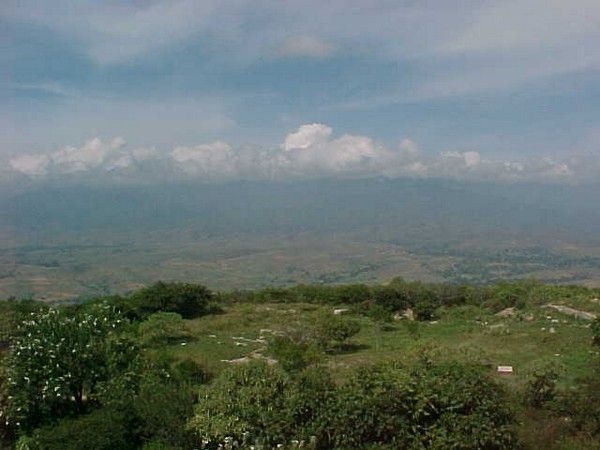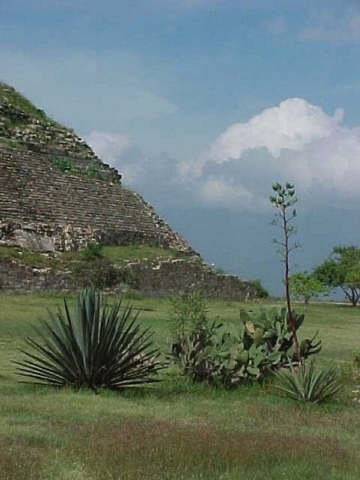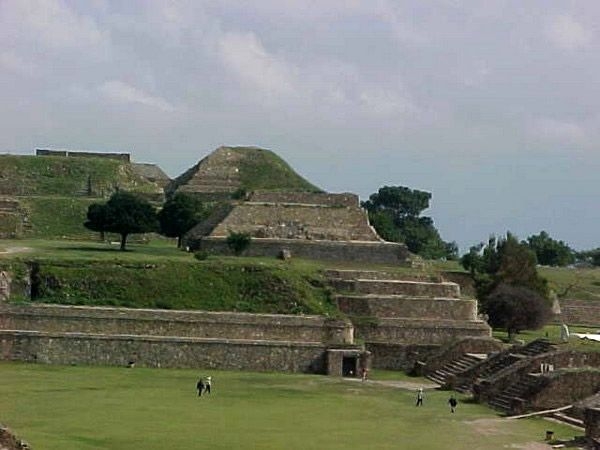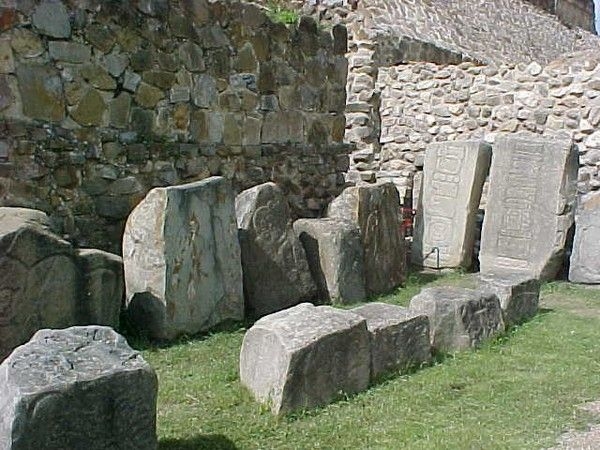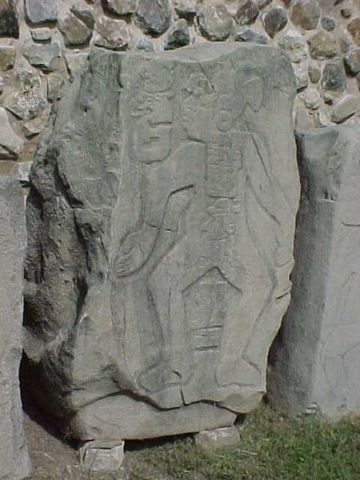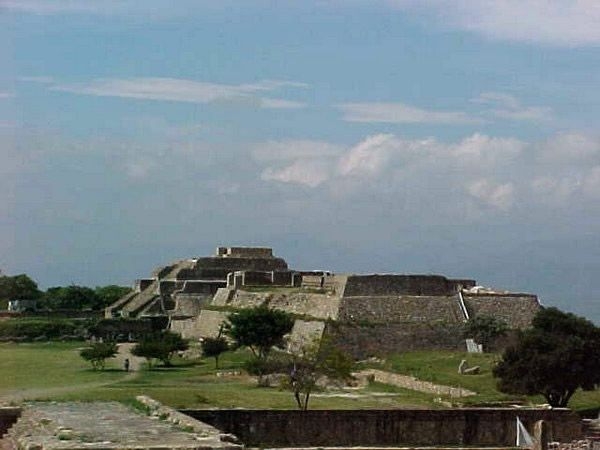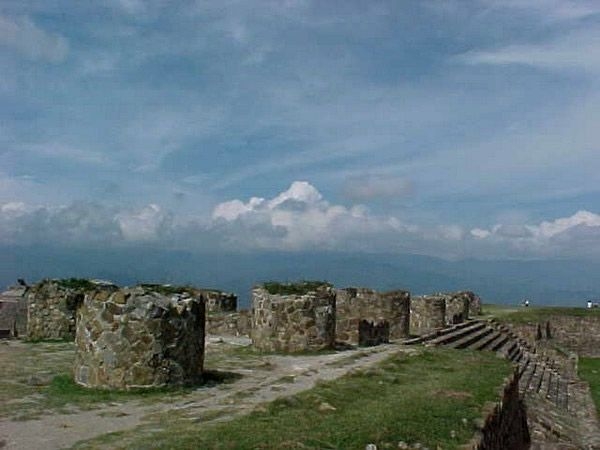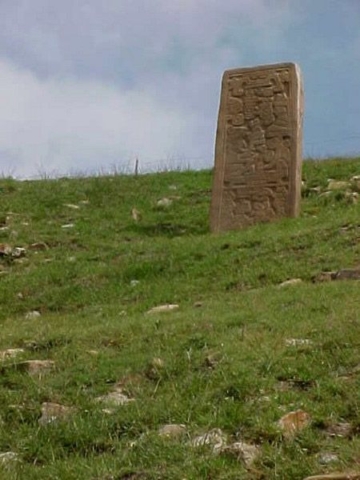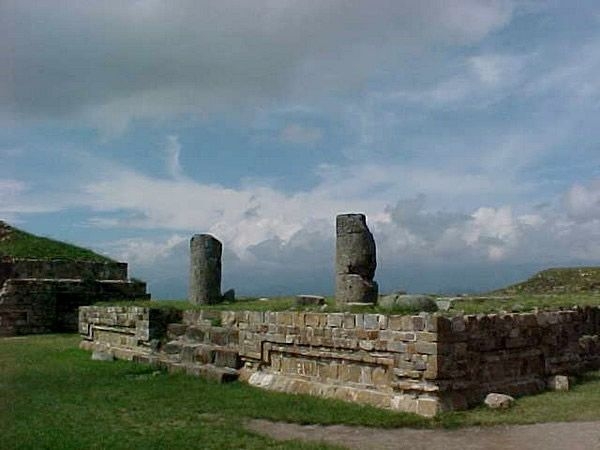The Monte Alban archaeological site is perched spectacularly on a mountaintop high above the valleys that surround Oaxaca City in Central Mexico.
Visiting Monte Alban near the end of the rainy season, we were surrounded by hills and valleys wreathed in green. The slight overcast of the skies that morphed to billowing clouds during the afternoon allowed us to explore the site without feeling overwhelmed by what otherwise would have been relentless sun. The ruins extend over the peaks at the convergence of three mountain ranges in Oaxaca’s central valley at an altitude of 1,600 meters (about 5,200 feet) above sea level. When you visit, be prepared for extensive walking during your explorations.
Monte Alban flourished as the capital of the Zapotec civilization from about 500 B.C. through 800 A.D. Its great structures, formed of irregular stones and mud faced with cut stone and sometimes stucco, many decorated with elaborate reliefs, command breathtaking view of the surrounding valleys.
Monte Albán and the city of Oaxaca were named as a UNESCO World Heritage site in December, 1987. In January of 2014, Monte Alban was voted number one among the World Heritage sites by a special panel that took into consideration twenty-five separate criteria, including historic significance of the site, site conservation and management, accessibility, touristic impact, etc.
The consensus by those experts was that Monte Alban simply takes one’s breath away. How true!
The site is open to the public daily from 8:00 a.m. to 5:00 p.m.
The Monte Alban Museum
At the entrance to the Monte Alban archaeological site is a small museum housing several of the carved blocks from the Building of the Dancers as well as a number of other interesting clay and stone pieces and artifacts unearthed from the area.
Outside the museum are also several stands in which vendors offer the visitors replicas of clay statuettes and colorful crafts memorabilia.
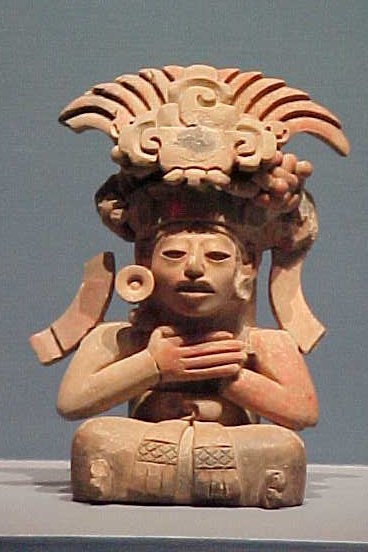
Principal Areas and Structures of the Site
- The North Platform, the largest and most complex area, stretches 870 feet from north to south and 635 feet from east to west. It hold several major temple clusters.
- The Ball Court, on one side of the Plaza below the North Platform, was built around 250 A.D.
- Main Plaza: a flat, open central area 1,000 x 666 feet in size.
- Pyramid Systems II and 7
- Central Buildings G, H, I: Stepped temples in the central area.
- Building of the Dancers: One of the sites oldest structures. The nearly 400 large rectangular stone blocks found here are carved with human figures known as “dancers”. These reliefs are thought to illustrate those who lived and died in Monte Alban, including captives, warriors, the sick and deformed, and the dead.
- Building J: A unique structure believed by Arq. Alfonso Caso to have been used as an observatory; it is located in the Central Plaza
- South Platform: Nearly square, can be climbed via a long series of steps on its east side. Remains of a temple and a shrine are found on its top.
- The Palace: Four main rooms built around a patio in the heart of the site – the home of a dignitary.
- Tomb 7: Temple with rooms flanked by columns. The tomb was placed below the floor.
- Tomb 104: Decorated with jaguar heads. Once the home of a prominent Zapotec.
On the Instituto Nacional de Antropologia e Historia website, you can take an exciting virtual tour of the Monte Alban archaeological site with 360 degree views: http://www.inah.gob.mx/paseos/MonteAlban/tour.html
For a detailed description of Monte Alban as well as the nearby Mitla archaeological site, visit “Monte Alban and Mitla as Themes in the Fields of Archaeology and Restoration” at the Society of American Archaeology website, http://www.saa.org/AbouttheSociety/Publications/TheManagementofArchaeologicalResourcesinMexi/MonteAlbanandMitlaasThemesintheFieldsofA/tabid/1106/Default.aspx
Sources and information:
Official Mexican government website (SEP) for Monte Alban: http://montealban.org.mx
“Historic Centre of Oaxaca and Archaeological Site of Monte Albán,” UNESCO organization website, http://whc.unesco.org/en/list/415
“Monte Albán, el sitio con el mejor plan de manejo del mundo,” http://www.inah.gob.mx/boletines/7-zonas-arqueologicas/7017-monte-alban-el-sitio-con-el-mejor-plan-de-manejo-del-mundo
